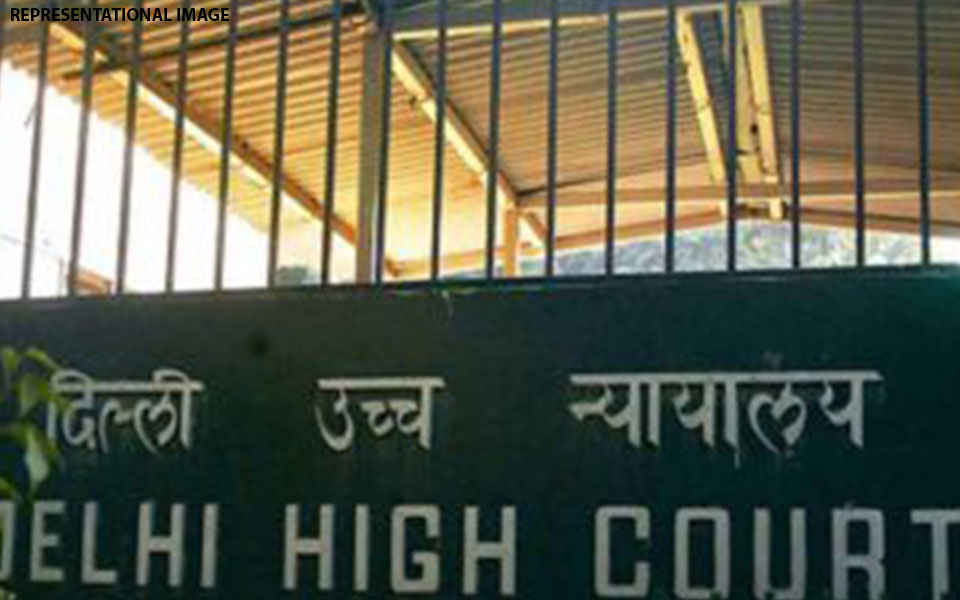New Delhi, June 25: In a relief to residents, the Delhi High Court on Monday asked authorities not to axe till July 4 the 16,500 trees set to be cut for a residential project here.
A bench of Justice Vinod Goel and Justice Rekha Palli asked the National Buildings Construction Corp (NBCC), which was tasked with redeveloping six south Delhi colonies, not to cut the trees till the next date of hearing.
The NBCC assured the bench that it will not chop any trees till July 4.
During the hearing, the court asked the NBCC: "You know the effect it would have? I understand if it was widening of a road or something inevitable. Can Delhi afford it today? Keep your hands off till July 4."
The court's observations came after senior advocate J.P. Sengh, appearing for the NBCC, contended that the National Green Tribunal (NGT) has the jurisdiction to hear pleas challenging environment clearances granted to any project by the Central government.
He argued that NGT had permitted felling of trees for the project and the issue was still pending in the green court and would be heard next on July 2.
The NBCC has also deposited Rs 8 crore with the tree authority for permission to fell trees, the lawyer added.
On the other hand, the petitioner's advocate apprised the court that this matter also involved permission given in November 2017 by the tree authority of the Delhi government to fell the trees and this decision cannot be challenged in the NGT.
The court then permitted the petitioner, an orthopaedic surgeon, to amend his plea till July 4 and challenge the decision of the tree authority giving permission to cut the trees for these residential projects.
The petitioner, Kaushal Kant Mishra, has sought the setting aside of the terms of reference and the environment clearances granted to the project by the Environment Ministry, saying that it would lead to felling of over 16,500 trees.
The six south Delhi colonies where the trees would be felled are Sarojini Nagar, Nauroji Nagar, Netaji Nagar, Thyagaraja Nagar, Mohammadpur and Kasturba Nagar, the petition said.
All these areas are home to government employees where the Central government is pulling down houses built in the 1950s and replacing them with high-rise buildings.
Besides the NBCC, the project is also being executed by the Central Public Works Department.
Let the Truth be known. If you read VB and like VB, please be a VB Supporter and Help us deliver the Truth to one and all.
New Delhi (PTI): Three members of a family were found dead inside their home in southeast Delhi's Kalkaji on Friday, with police suspecting it to be a case of suicide, officials said.
Police said the incident came to light around 2.47 pm when a police team reached the premises to execute a court order related to possession of the property. When repeated knocks went unanswered, the staff used a duplicate key to open the door.
Inside, officers found Anuradha Kapoor (52) and her sons, Ashish Kapoor (32) and Chaitanya Kapoor (27), hanging from the ceiling, Deputy Commissioner of Police (Southeast) Hemant Tiwari said in a statement. All three were declared dead.
A handwritten note was recovered from the room, suggesting the family had been struggling with depression.
"The handwritten note indicates emotional distress faced by the family due to which the family may have taken the extreme step," the officer said.
The bodies have been shifted to the All India Institute of Medical Sciences (AIIMS) mortuary for post-mortem and other legal formalities under Section 194 of the Bharatiya Nagarik Suraksha Sanhita (BNSS), police said.
Residents of the neighbourhood said they were shocked to learn about the deaths, adding that the family kept largely to themselves.
Pankaj Kashyap, a resident of Girinagar, said he learnt about the deaths while leaving for work. "I live and work here and was leaving for work when I saw many people standing outside and talking. That is how I got to know that three people had committed suicide. I also saw several police vehicles outside, but I do not know much beyond that," he said.
Baldev, another neighbour, said the family had been living in the newly constructed house for around two years. "We only knew that a mother and her two children lived there. They had moved into the newly built house around two years ago. We did not interact much with them. Today we heard that all three have committed suicide, and whatever we know is based on what people here are saying," he said.
Another neighbour, Ramesh Kumar, claimed the family had earlier attempted suicide.
"About fifteen to twenty days ago, the two sons in the family had attempted suicide and police and ambulances had come. That was when I first got to know who they were. I do not recognise them by face, but we saw the ambulances and police take the two sons that day. Today again we saw ambulances and police arriving, so everyone came out to see what had happened. I do not know how long they had been living here, but this is all we know," he said.
Police said they are examining the family's financial condition, social circumstances, and other factors that may have contributed to the incident. Further investigation is underway.





